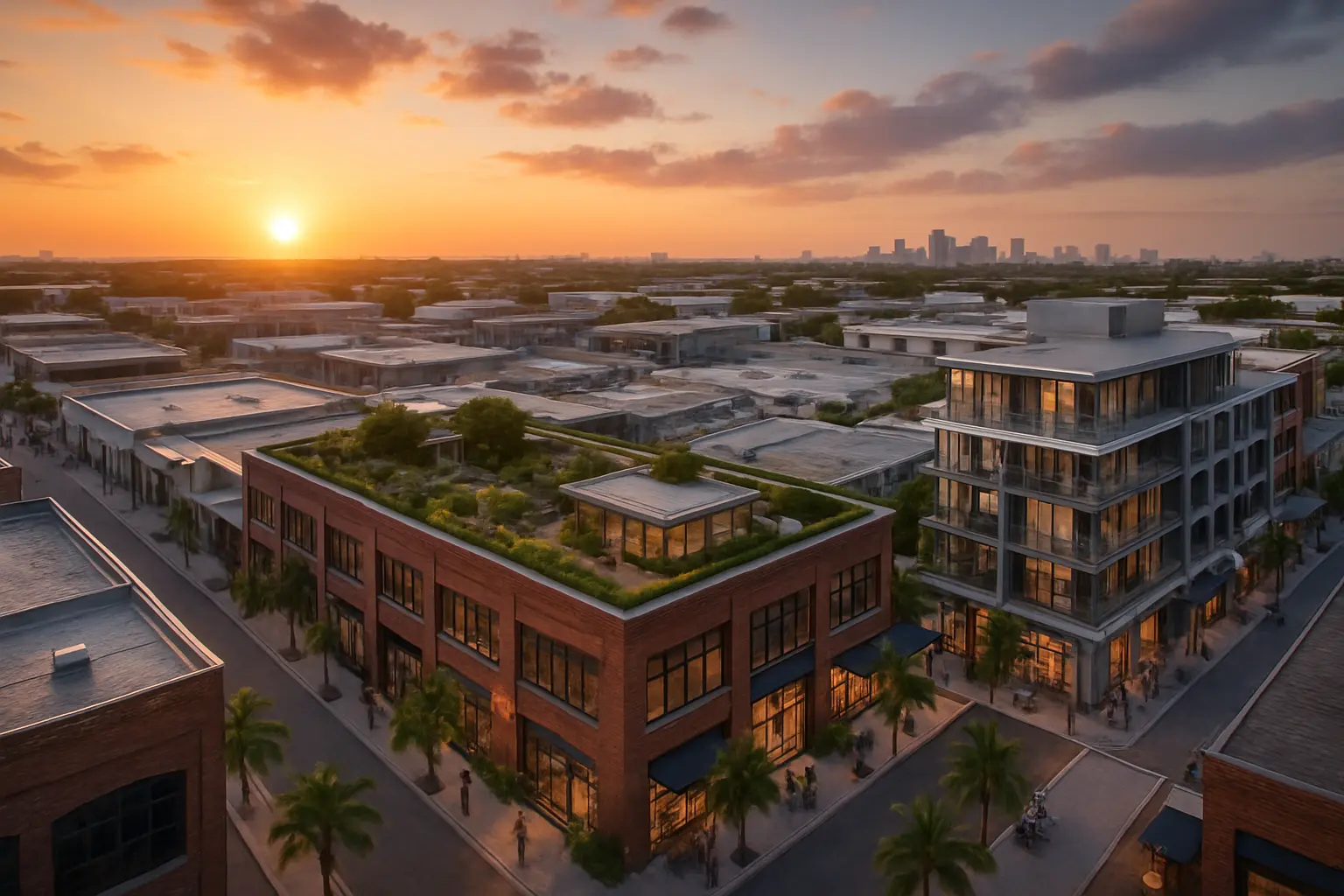From Warehouses to Wonderlands: Miami's Commercial-to-Residential Revolution
Discover how Miami's innovative developers are transforming industrial spaces into sought-after mixed-use communities, creating unique investment opportunities.

The Evolution of Miami's Urban Landscape
Miami's skyline is undergoing a remarkable metamorphosis as developers reimagine the city's industrial spaces into vibrant residential communities. This innovative approach to urban development is revolutionizing neighborhoods that were once dominated by warehouses and manufacturing facilities, creating unique living spaces that blend historical character with modern amenities.
The transformation is driven by several key factors: increasing housing demand, limited available land in prime locations, and a growing preference for authentic, character-rich neighborhoods. These commercial-to-residential conversions are preserving Miami's industrial heritage while meeting the needs of today's urban dwellers.
Success Stories: Notable Warehouse District Transformations
Several Miami neighborhoods stand as testament to the success of this revolutionary approach:
Wynwood's Renaissance
Once a textile manufacturing district, Wynwood has emerged as a blueprint for successful warehouse transformation. The neighborhood now boasts luxury loft apartments, artisanal eateries, and creative office spaces, all while maintaining its distinctive industrial aesthetic.
Allapattah's Emergence
Following Wynwood's success, Allapattah is experiencing its own renaissance, with former produce warehouses being converted into mixed-use developments that combine residential units with retail and cultural spaces.
"These transformations aren't just about creating housing – they're about crafting communities that honor the area's heritage while embracing modern urban living," explains a prominent Miami-based urban developer.
Investment Potential
The investment opportunities in these transformed districts are compelling:
- Value Appreciation: Converted properties typically see significant value increases as neighborhoods develop
- Rental Demand: Mixed-use developments attract both residential and commercial tenants
- Community Benefits: These projects often catalyze broader neighborhood improvements
- Sustainability Advantages: Adaptive reuse of existing structures aligns with environmental goals
Market Performance Indicators
Properties in successfully transformed districts have shown remarkable appreciation rates, often outperforming traditional residential developments. Early investors in similar projects have seen returns averaging 15-20% annually.
Future Outlook
The future of Miami's commercial-to-residential conversions looks promising, with several factors supporting continued growth:
- Increasing demand for unique, character-rich living spaces
- Growing preference for walkable, mixed-use neighborhoods
- Limited availability of prime development land
- Strong support from local government for adaptive reuse projects
Opportunities and Considerations
For investors and homebuyers, these developments represent a unique opportunity to participate in Miami's urban evolution. The key to success lies in identifying properties and neighborhoods with strong transformation potential, understanding local zoning regulations, and partnering with experienced developers.
As Miami continues to grow and evolve, these innovative conversions are not just changing the city's landscape – they're creating vibrant, sustainable communities that promise strong returns for investors while providing unique living spaces for residents. The commercial-to-residential revolution represents a new chapter in Miami's urban development story, one that savvy investors and homebuyers would do well to be part of.


